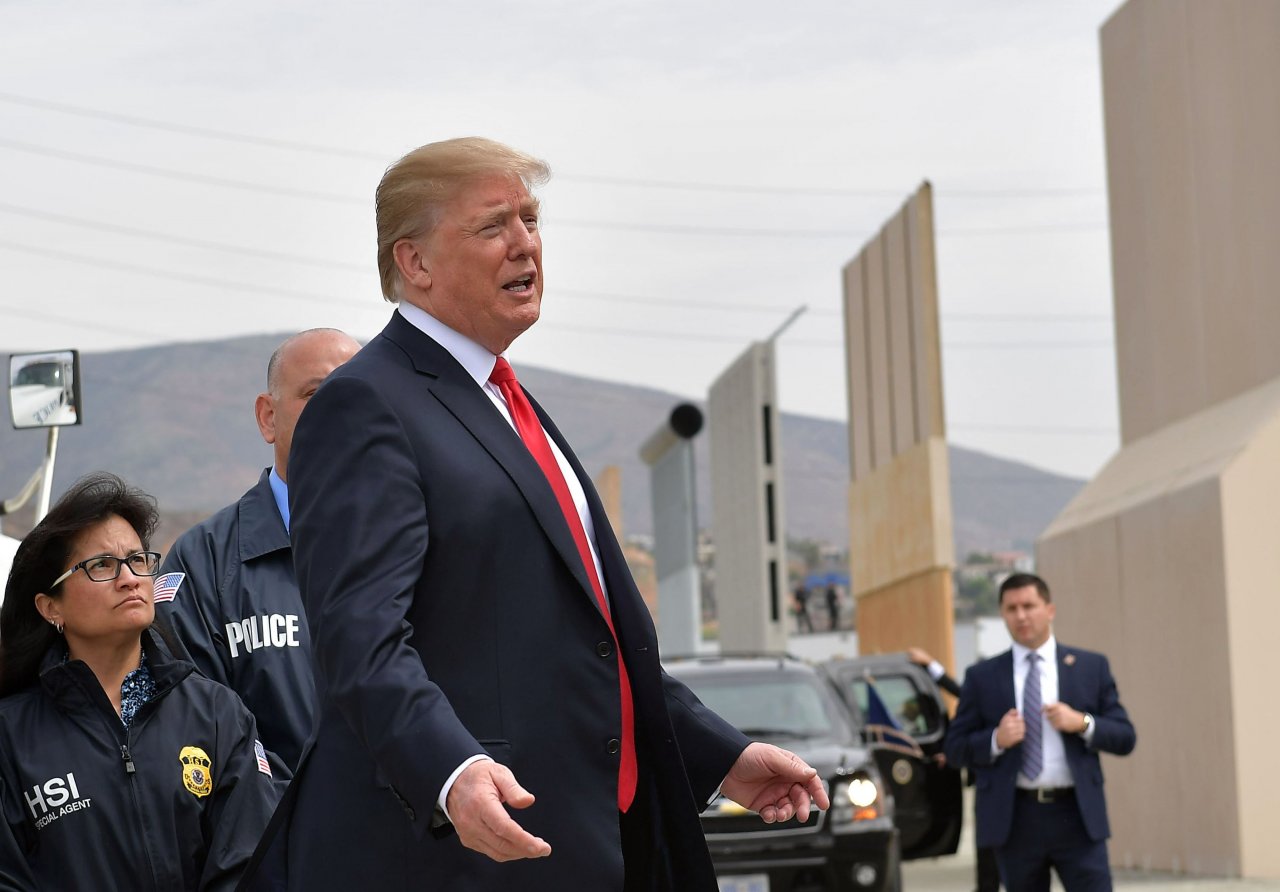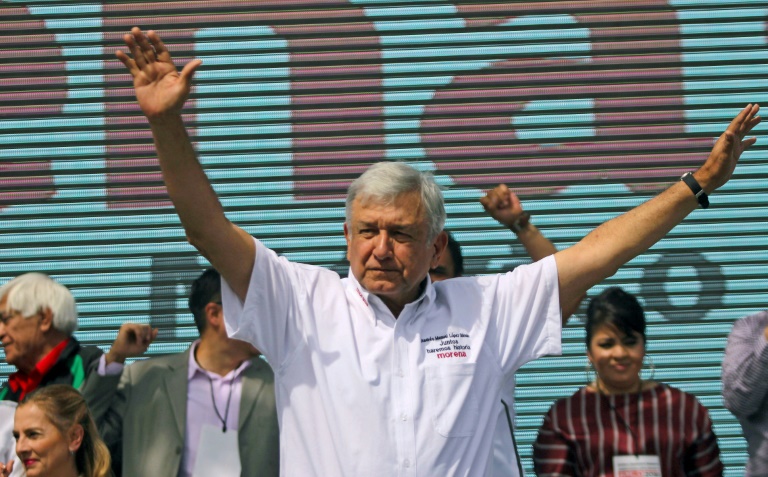The U.S. State Department has indicated that it will contribute to new Mexican President Andres Manuel Lopez Obrador’s so-called Marshall Plan. The scheme involves US$30 billion in aid to address poverty, violence, and drug trafficking in southern Mexico and Central America. These have been the key drivers of large-scale migration from Guatemala, El Salvador, and Honduras through Mexico towards the United States.
Curbing migration from Mexico and Central America has been a high-profile pillar of Donald J. Trump’s agenda. The president’s hostile rhetoric towards migrants – many of them refugees – has been popular among his base. However, images of children in cages and suffering the effects of tear gas; alongside stories of young children being separated from their parents at the border have also tarnished the reputation of the administration significantly, causing disquiet among some Republican legislators as well as internationally.
By combining development aid with tough border enforcement – which was also the approach Barack Obama took towards Central America – the Trump administration can point to an agenda on immigration that does not merely focus on preventing and deterring migrants from making the journey north.
Moreover, it is the latest signal that Trump may well be able to work quite effectively with the Mexican government. The presidents have spoken warmly about each other since Lopez Obrador’s election and have shown signs of being able to work together in the context of renegotiating NAFTA.
Pitfalls in US-Mexican Ties
This latest development could represent a significant step of the U.S. attempting to improve relations with its southern neighbor. However, the Trump administration’s move might not be what it first appears. While it has pledged $5.8 billion in public and private investment in Guatemala, El Salvador, and Honduras, much of this consists of funding that had either already been committed or was contingent on “commercially viable projects” being identified.
Mexico would need significantly more U.S. support to have any chance of meeting its $30 billion goal. There is little sign that this will be forthcoming, particularly given that Trump has said that he would end all aid to Central America unless migration stops completely.
Moreover, there are a number of potentially significant pitfalls in the U.S.-Mexican ties, particularly given that both presidents have a propensity to be impulsive and volatile. The recent Central American migrant caravan that traveled through Mexico caused tensions with the United States. In addition, Trump’s high-profile pledge to build a wall along the U.S.-Mexican border remains highly contentious.

Nonetheless, neither of these are necessarily as incendiary as one might think. The flow of Central American migrants through Mexico is a highly politically charged issue in Mexico too. Lopez Obrador has signaled that his government will avoid being heavy-handed in preventing migrants making the journey north. However, he will come under domestic pressure to toughen his approach.
Therefore, a punitive U.S. stance may suit him well, particularly if it has the effect of deterring migration over the medium term. In addition, Trump is now far less vocal in demanding that Mexico should pay for the border wall. There are signs that Congress is unwilling to provide the needed funding. The issue of the wall could lose its potency.
The result of all of this could be that despite that Lopez Obrador was elected partly as a reaction against Trump’s hostile rhetoric towards Mexico, he and his American counterpart have stronger ties than a U.S. and Mexican president typically enjoy.
However, it is unlikely that the economic and social conditions in Guatemala, El Salvador, and Honduras will improve significantly as a result of this. Migration will not stop. If anything, the experience of migrants will become even more miserable than it already is.
Disclaimer: The views and opinions expressed here are those of the author and do not necessarily reflect the editorial position of The Globe Post.























